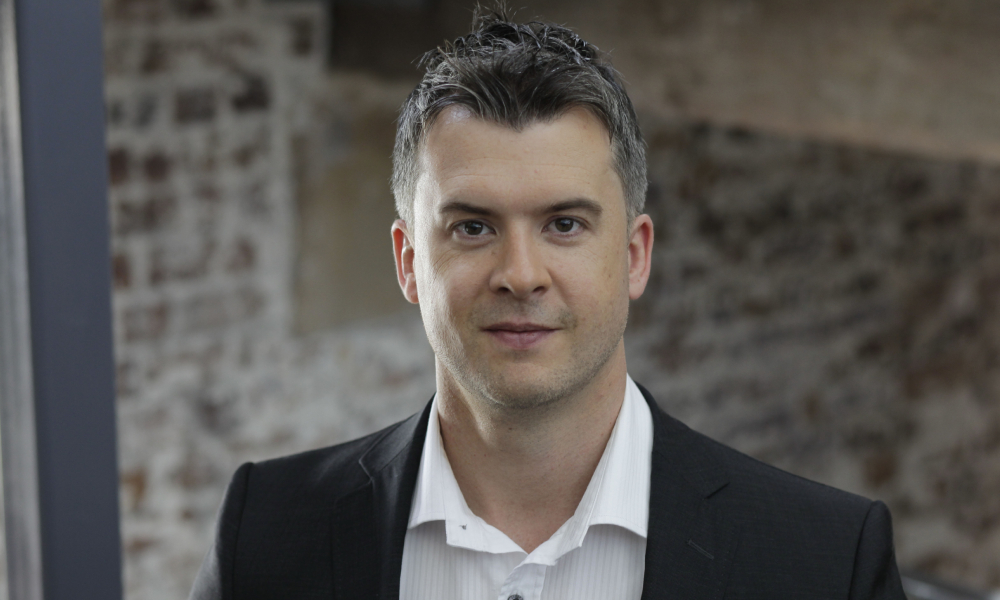
Cisco’s head of HR on becoming Australia’s #1 place to work

As Australia’s number one place to work, Cisco’s people leaders know a thing or two about building a great workplace culture – especially under the pressure of a global pandemic.
The global tech company took the top spot in both the global and the Australian 2020 Great Place to Work rankings, after being pipped to the post by Salesforce the year before. So how does Cisco plan to maintain the momentum after one of the most challenges years to date?
Speaking to HRD, James Comer, Cisco’s APAC head of HR, said while Australia and New Zealand are through the worst of the pandemic economically, now is the time to double down on the measures they implemented last year.
“There's a lot of people who are still suffering as a result of what they experienced in the last 12 months and so we've got no intention of turning anything off,” he said. “We're now starting to think about how do we amplify this? How do we support the population in our workforce who are continuing to do it tough?”
Since lockdown began in March last year, Cisco has brought in a number of measures to address the rise of burnout and fatigue that employers have witnessed as a result of the pandemic. They recently rolled out the fourth “day-for-me”, a company-wide initiative that sees every employee shut down their computer and take a day off. Encouraged to spend it however they like – as long as it’s not working – Comer said it enables everyone to switch off knowing their colleagues are all doing the same.
Read more: Microsoft research reveals almost half of employees looking to switch jobs this year
Cisco has also doubled the number of paid volunteer days from five to 10 – again, an initiative inspired by the lessons that emerged from the pandemic. As people revaluated their lifestyles and what was important to them, the ability to give back to a community or a cause rose in value.
“What's becoming clear from 2020 is that employee value propositions are really starting to pivot, and they're really tilting in favour of purpose and value,” Comer said.
“The pandemic gave us this unique opportunity to allow people to demonstrate what was important to them.
“The fact that they responded to it so positively really helps us make sure we are doing the right thing, not just as a company, but in terms of helping our communities too.”
Throughout 2020, one standout factor for Cisco’s people leaders was the ability to listen to employees. As a software provider, innovation is part and parcel, but what Cisco excelled at was capturing real-time data. They asked for feedback continuously, monitoring the moods of their people and rolling out solutions with impressive speed.
Read more: Burnout is on the rise: How to build more a resilient workforce
Comer said a recent insight survey into wellbeing identified two groups who are still struggling – the business’s people leaders and its female employees. Acknowledging these gaps and addressing them is a key part of how Cisco plans to maintain its position as Australia’s number one place to work.
Going forward, Cisco’s way of working is very much a hybrid one – but Comer points out that the definition means different things for different people. Giving teams the autonomy to decide how they work is important, but in practice, it can be difficult to achieve. Many organisations are now grappling with how they juggle the demand for flexibility with the need to collaborate.
Comer said they’ve implemented a few rituals through technology which have proved useful. A tool called Team Space, which takes around seven minutes for an employee to complete, asks them to list what they loved and what they loathed during the past week. They also share what their priorities are the following week and what they need from their leader to be successful.
This influx of data helps people leaders understand how their employees are feeling about their work set-up and where the pain points are. It also helps them to understand their employee’s strengths and weaknesses, which in turn informs how a leader can enable them to do their best work. The tool has also allowed the HR team to measure engagement at the team level, something Comer said is more indicative than an organisation-wide metric.
“We believe the best teams are really the nucleus of where the work is, where people feel safe, where they feel engaged and where people are experiencing the work,” he said.
“That tool gives our leaders data they can respond to, whether their teams are dispersed or in the office. They’re then able to re-engage, talk to them about what their teams are experiencing and what they’re going to do about it.”